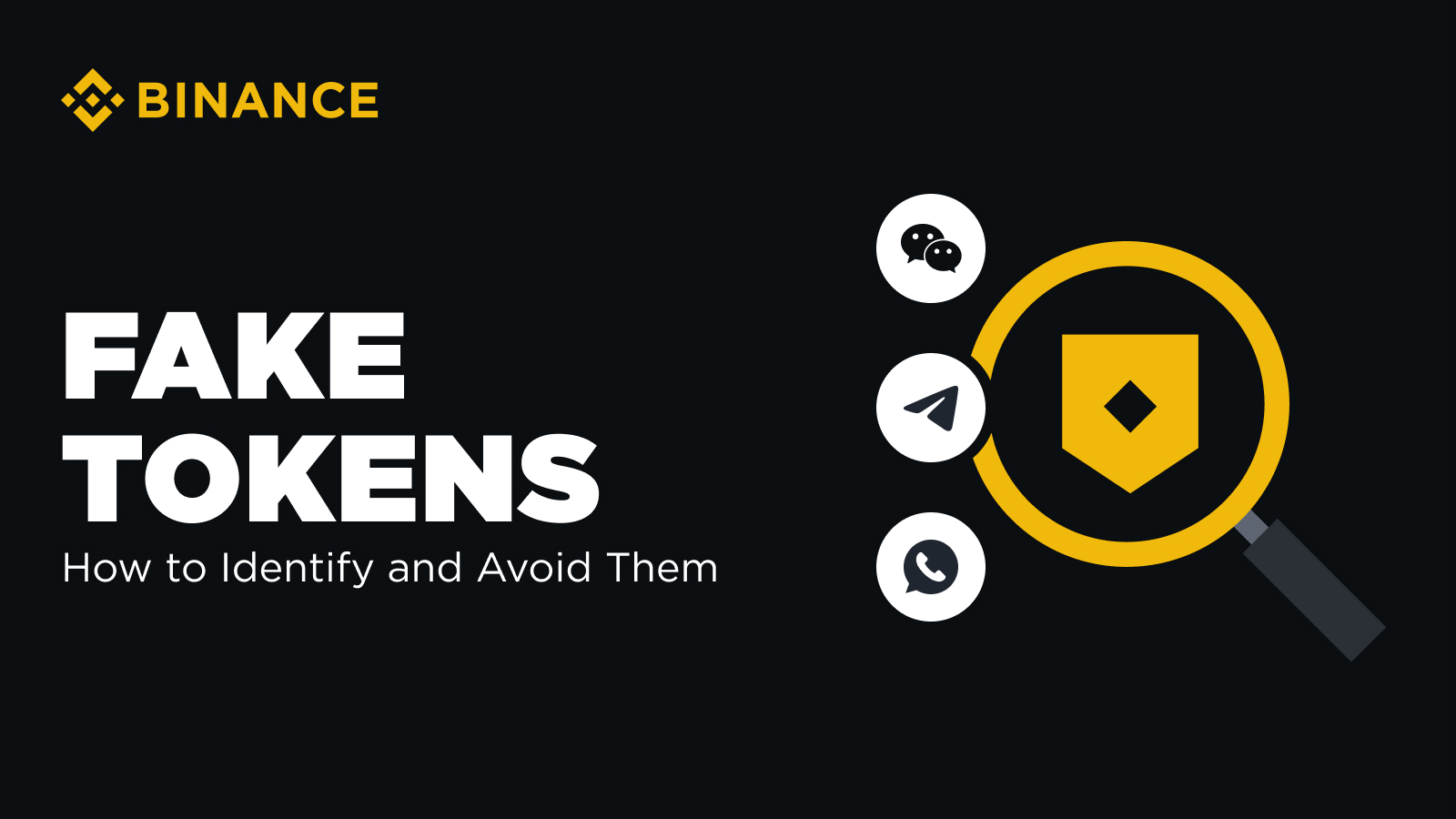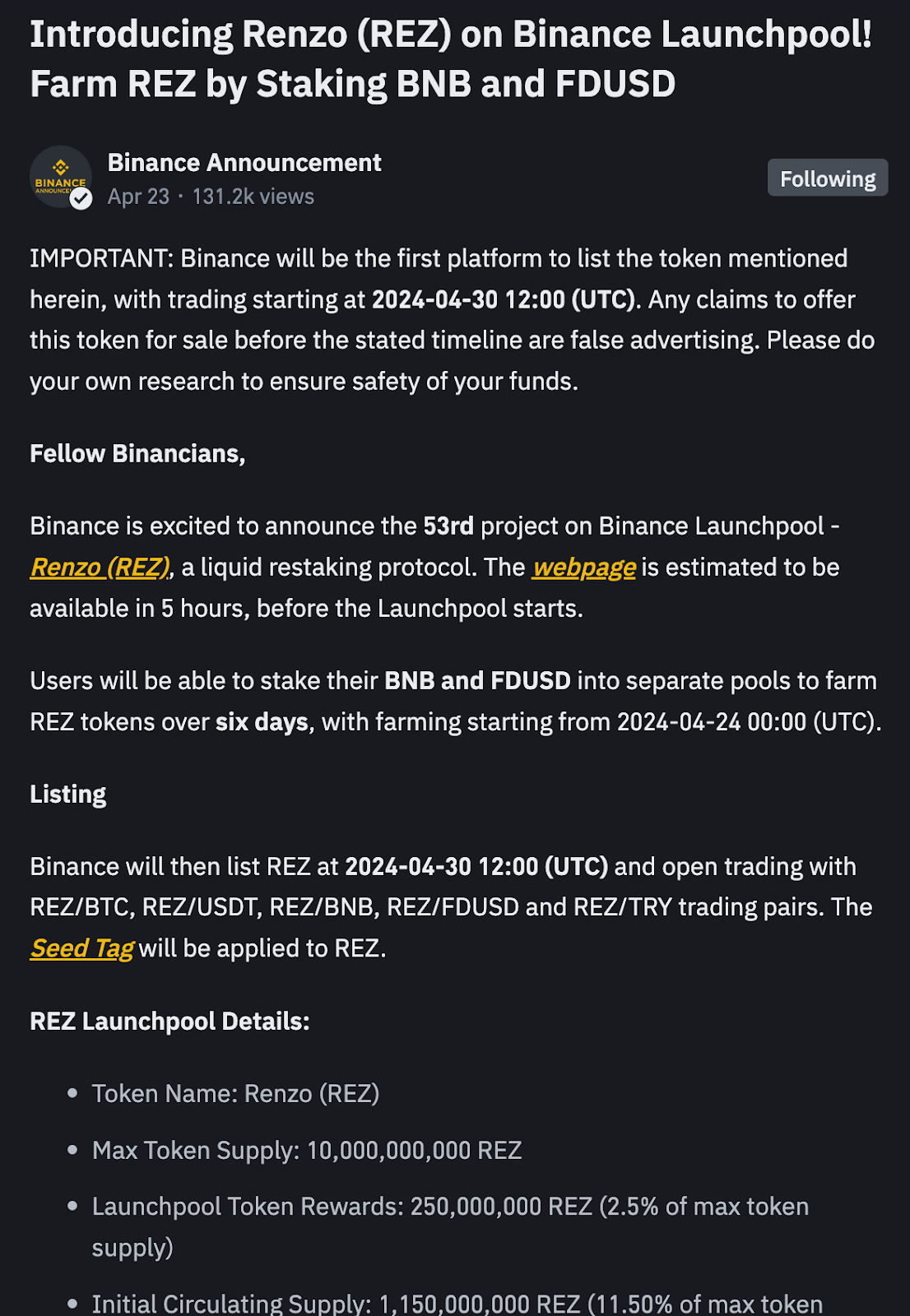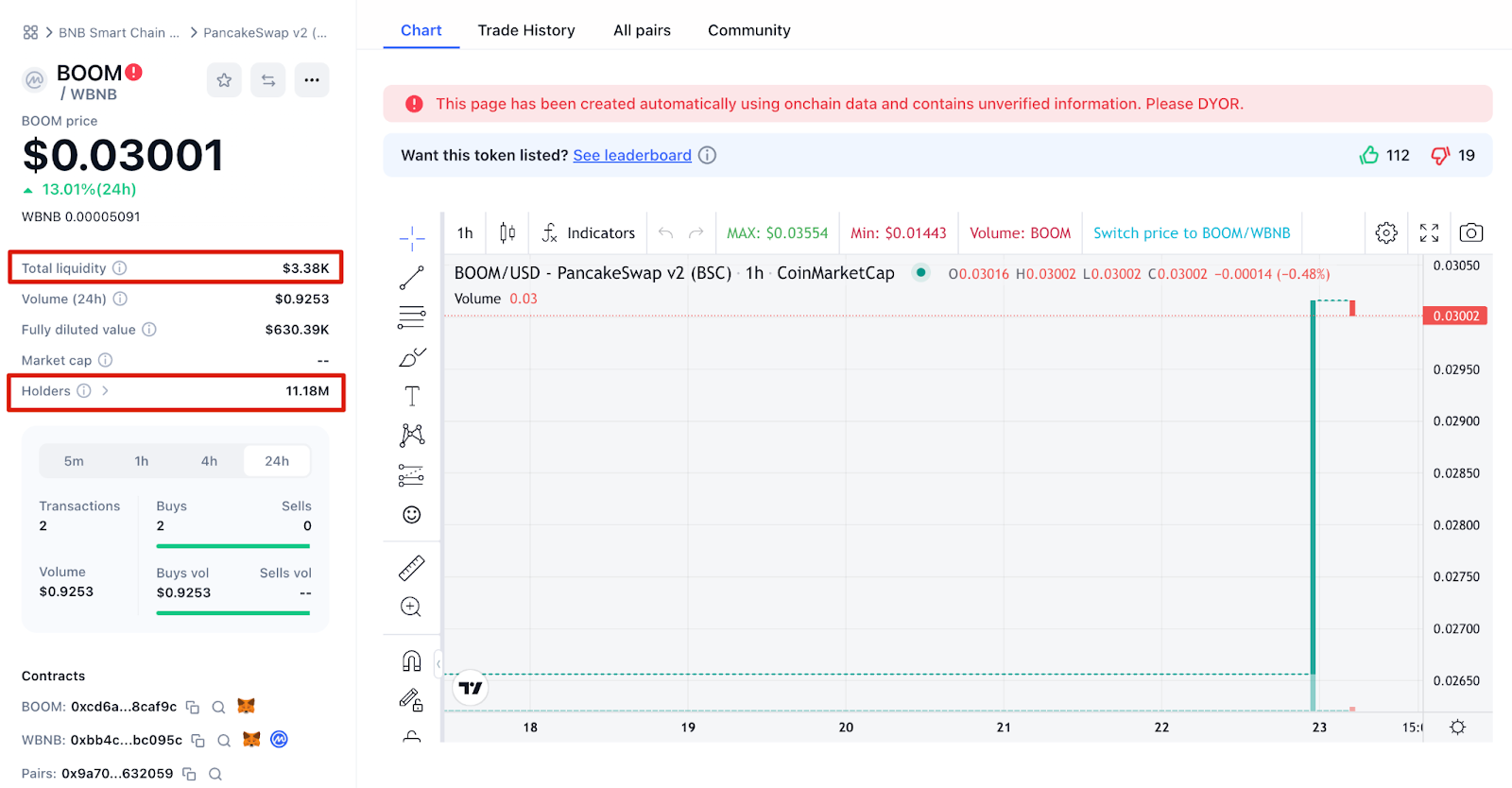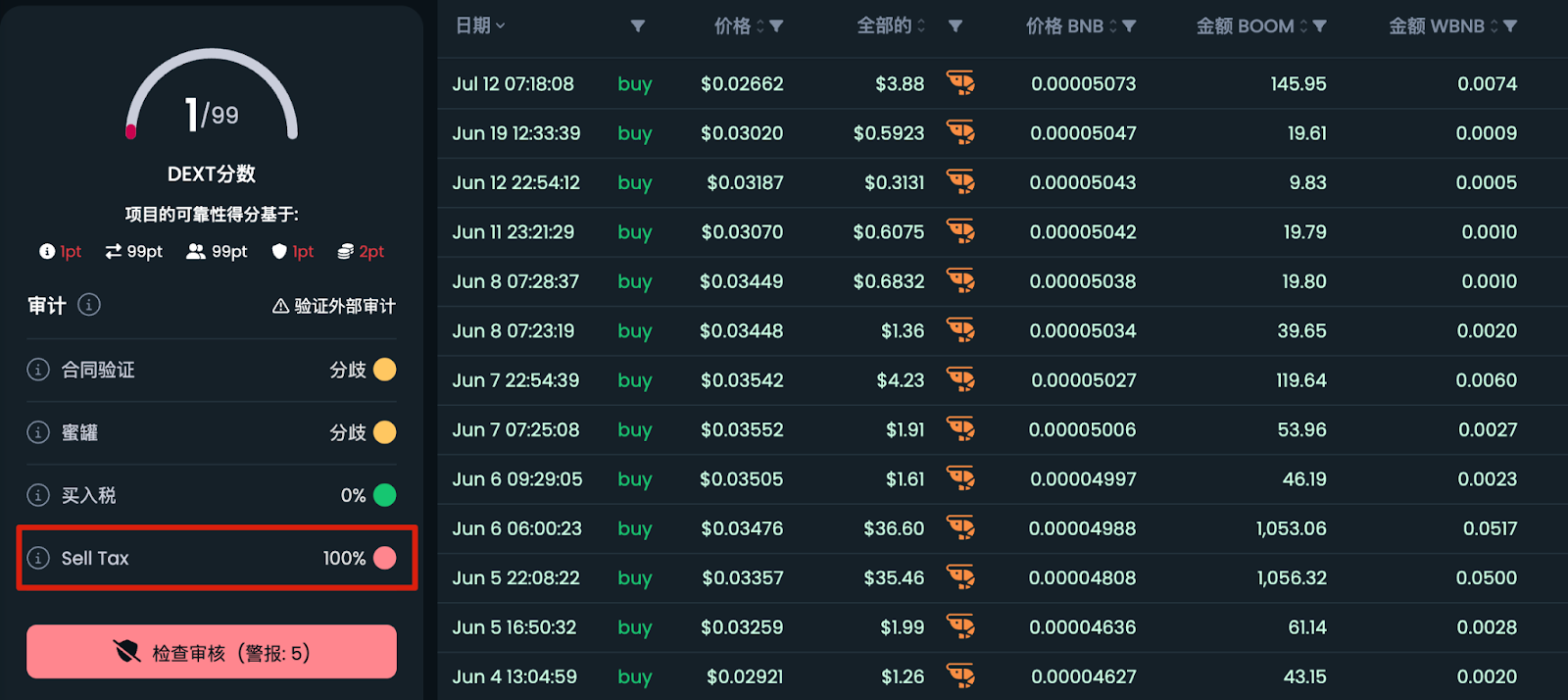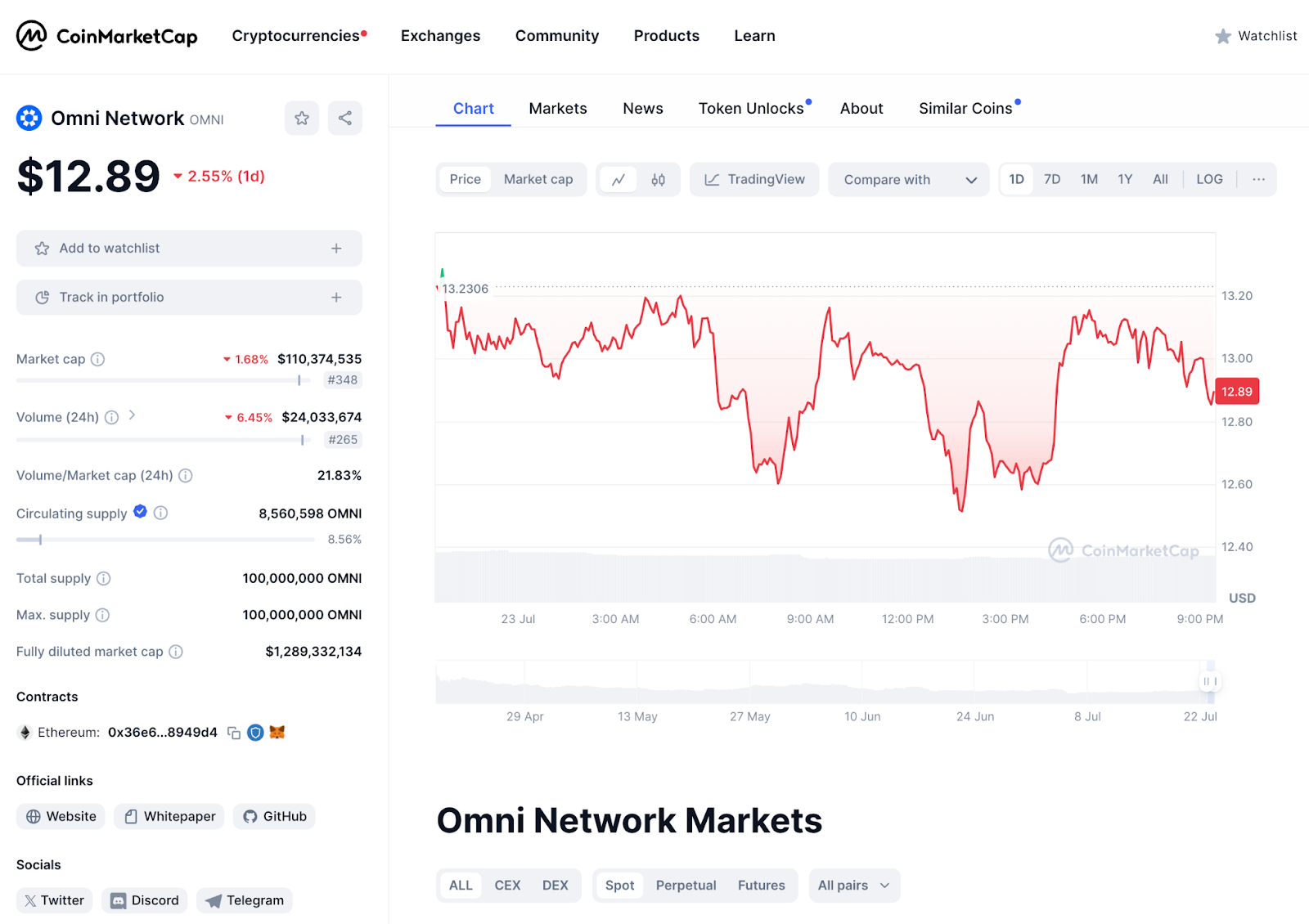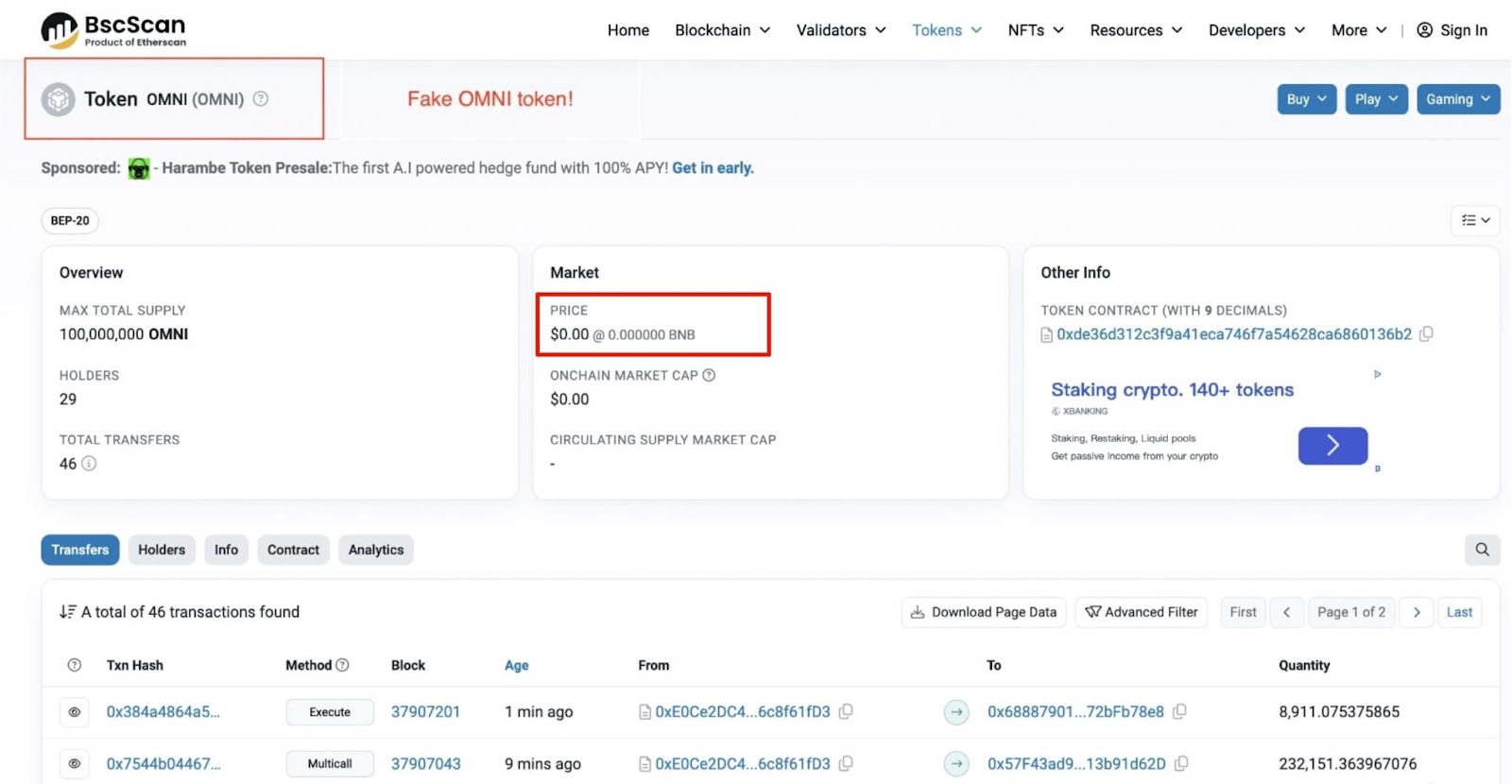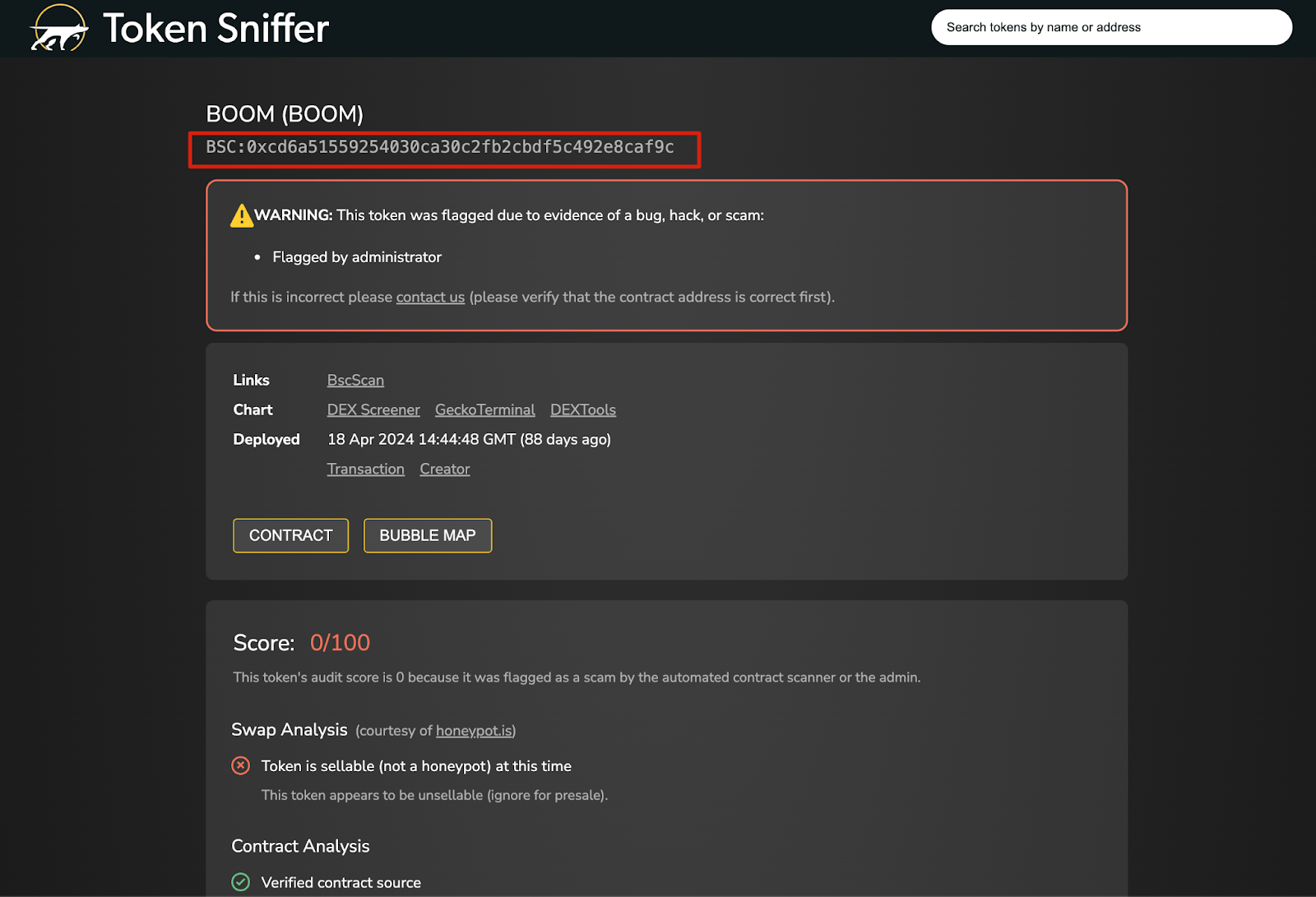Main Takeaways
Fake token attacks represent a widespread type of cryptocurrency scams where criminals create fraudulent tokens that mimic legitimate cryptocurrencies, using them to steal users’ money or sensitive data.
This type of attack generally uses communication tools such as Telegram, WhatsApp or WeChat to spread misinformation. A common tactic is running token “pre-sales,” attracting victims with the promise of a much higher future “listing price” compared to the current “pre-sale price.”
In most cases, the losses of digital assets are irreversible. Binance encourages users to constantly learn to protect themselves, staying vigilant and aware of common threats.
A fake token attack is a type of cryptocurrency scam where malicious actors create counterfeit or fraudulent tokens that mimic legitimate cryptocurrencies. These fake tokens are designed to deceive investors and traders into believing they are purchasing or trading a genuine asset, often leading to financial losses or other negative consequences such as identity theft.
How Scammers Use Fake Tokens
Real tokens and fake ones mimicking them can exist on the same blockchain but with different smart contract addresses, or on different blockchains. Fake tokens can be used in a variety of fraudulent schemes.
Initial Coin Offerings (ICOs) and Token Sales: Attackers may launch fake ICOs or token sales, enticing investors with the promise of getting in early on a groundbreaking project. Once they collect funds, they disappear, leaving investors with worthless tokens.
Airdrops and Giveaways: Fake tokens are sometimes distributed through airdrops or giveaways, where users are asked to provide personal information or pay a small fee to receive the tokens. This can lead to further scams or identity theft.
Pump and Dump Schemes: Scammers may artificially inflate the price of a fake token through coordinated buying (pump) and then sell off their holdings at the peak (dump), leaving other investors with devalued assets on their hands.
Launchpool Token Scams: The schemes described above can be complicated and costly to pull off, so scammers can choose to resort to lower-cost attacks, such as those using fake Launchpool tokens attacks. In this type of scams, criminals capitalize on the publicity that the promotion and dissemination of an asset by a reputable exchange creates, claiming, for example, that they can offer such tokens at a discount through unofficial channels that are not associated with the platforms like Binance that do the original promotion.
Real token launch announcement on Binance Launchpool
For example, Binance promotes official Launchpool tokens ahead of launch, and the attackers often seek to capitalize on it. When a fake token is designed to mimic such a well-publicized asset, scammers’ promotional costs can be greatly reduced, and the only thing they have to do is convince potential victims that the token they are pushing is the same as the one promoted via Binance Launchpool.
Real-Life Cases
BOOM
In July 2024, Binance’s Risk Intelligence team identified a DEX-listed asset called BOOM as a fake token. The asset exhibited several red flags at once, which makes it an excellent example of such tokens.
Liquidity: A BOOM pool on PancakeSwap had a meager $3.38K liquidity, all provided by the contract deployer. The market value of this token is very low.
BOOM’s page on CoinMarketCap, showing total liquidity and the number of holders
Suspicious Transfers: While the token’s liquidity amounts to just several thousand dollars, there are over 11.18M addresses that have received this token. This is abnormal: with legitimate tokens, liquidity should be proportional to the number of holders.
BOOM’s page on Dextools, showing sell tax
Sell Tax: A token's sell tax is a fee imposed on each sale of the token, set by the project developers. In BOOM’s case, sell tax is set at 100%, which means that whenever someone tries to sell this token, the entire amount of the sale will be deducted as tax, and the seller will not receive any funds.
In this case, scammers have set sell tax at 100% and airdropped the fake token to more than 11 million addresses. Had the trading of this asset taken off, the people behind the token would have pocketed 100% of each sale via a built-in smart contract. This case stands as a reminder that users should closely scrutinize the tokens they receive via unsolicited airdrops.
Fake OMNI
In 2024, Binance has promoted multiple new tokens via its Launchpool program. Scammers around the globe have attempted to use these opportunities to create fake tokens to defraud users. For example, a popular scheme has been setting "pre-purchase" programs through unofficial channels such as Telegram or WeChat groups. Remember that overly attractive prices on much-anticipated tokens before they launch should be considered a red flag.
Real OMNI’s page on CoinMarketCap
OMNI has been one of such Launchpool tokens, which the crypto community has eagerly anticipated. Criminals were quick to launch several imposter tokens, including the one in the screenshot below, which originated in Turkey.
Fake “OMNI’s” BscScan page
As you can see, this fake “OMNI” has zeroes in its price and on-chain market cap metrics, and only has a few holders and total transfers.
Tips for Identification and Avoidance
Verify the Contract Address: Every digital token has a contract address associated with it. Always obtain the contract address from official sources such as the project's official website, verified social media accounts, or reputable cryptocurrency listing platforms like CoinMarketCap or CoinGecko. Cross-check the contract address across multiple official sources to ensure consistency.
Use Risk Assessment Tools: Contract code analysis, swap analysis, and liquidity analysis are the most basic methods to detect token risks, but these can present technical barriers as they require a certain level of coding and blockchain-specific skills. Users who are less familiar with the technical aspects of digital assets can rely on consumer tools designed to help assess risk probabilities. For example, Token Sniffer is an easy-to-use and convenient tool that can help in risk identification.
Screenshot of Token Sniffer
Stay updated with Risk News: The best way to mitigate scam-related risks in the crypto space is staying on top of the latest developments in the industry. Following specialized risk-focused blogs and security news will help you get better at identifying red flags and avoiding scammers.
Final Thoughts
Fake tokens are a significant threat in the cryptocurrency space, preying on the enthusiasm of investors and their willingness to explore new opportunities when it comes to emerging tokens. By staying informed, conducting thorough research, and exercising caution, you can protect yourself from falling victim to these scams. Always remember the old adage: if something sounds too good to be true, it probably is.
